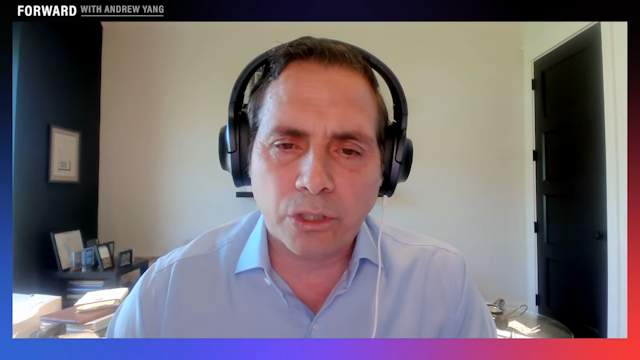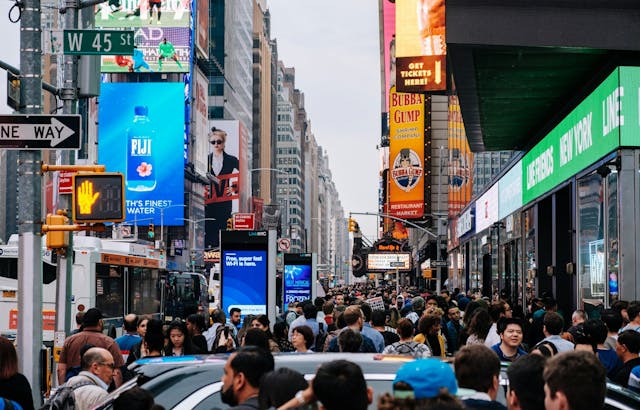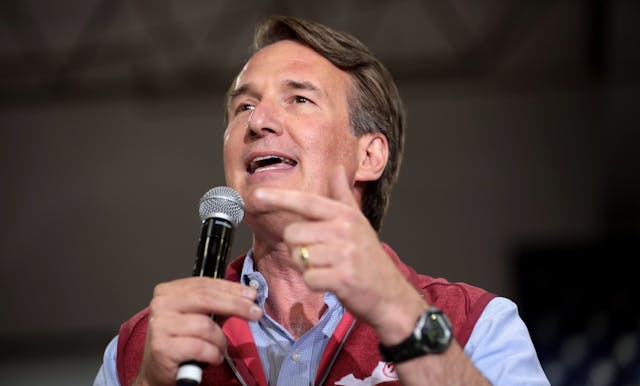Child Poverty Remains a Serious Issue in the US


One of the biggest, yet neglected, concerns facing the nation deals with child poverty. According to a 2012 UNICEF report, roughly 23.1 percent of children in the United States live in poverty. To put this in perspective, only Romania has a higher percentage among economically advanced countries (~25.5 percent):
UNICEF
The problem is systemic and branches into other areas of a child's life, and even into their adulthood.
The education of a child, for instance, greatly suffers when living in a low-income household. Young people from low-income households are at higher risks to drop out of school and are approximately six times more likely to lack the skills necessary for success in adulthood than children from higher-income households.
This statistic partly results from inadequate and low-performing schools in poorer neighborhoods. School are funded, at least in part, by property taxes, so areas with lower property values are serviced by poorly-funded, low quality schools. This, coupled with socio-economic forces, ultimately results in higher dropout rates. In 2008, only 24.9 percent of students graduated from high school in Detroit. In Baltimore, only 34.6 percent graduated, a shocking disparity compared to Baltimore's suburban graduation rate at 81.5 percent.
This type of disparity extends to access of other basic services like healthcare and personal wellness.
The Joseph Rowntree Foundation, a UK research organization focusing on poverty, notes, "Young people living in low-income households report a stigma attached their circumstances, which impacts on school and community involvement." This leads to damaged self-esteem, increased depression, and even chronic stress.
Additionally, poor children tend to have worse nutrition, worse access to quality care, and even increased exposure to dangerous environments. In fact, pediatrics.org reports that up to five million children "reside in older homes with lead levels exceeding the accepted threshold for safety."
Indicator
Children Who Are Poor
Children Who Are Not Poor
Ratio Poor/Nonpoor
In fair or poor health
11.7%
6.5%
1.8
In excellent health
37.4%
55.2%
0.7
Days spent in bed in past year
5.3
3.8
1.4
Number of short-stay hospital episodes/year/1000 children
81.3
41.2
2.0
Deaths during 0 to 14 years of age
1.2%
0.8%
1.5
% with blood lead levels ≥10 μ/dL†
16.3%
4.7%
3.5
The accumulation of education and healthcare expenses have a great economic impact on our nation. The Children's Defense Fund reports child poverty costs the United States nearly $500 billion, taking into account lost productivity, poorer health and increased crime each year.
Barack Obama's American Recovery and Reinvestment Act has allotted $2 billion in new Neighborhood Stabilization Funds, which is a program that helps areas severely impacted by foreclosures and abandonment. The ARRA also gives $1 billion to fund grassroots, community-based programs that support poverty alleviation, called Community Service Block grants. These mechanisms serve to offer some stabilization to underserved communities and attempt to invest in projects which reduce the impacts of poverty.
Additionally, the act, along with the Affordable Care Act, strengthened healthcare programs and accessibility to children without health insurance or adequate healthcare.
Despite these efforts, child poverty remains a prevalent issue, only exacerbated by the country's economic woes. Still, with careful social investments and sound economic developments, the problem can mitigate to a point where even the underprivileged have a chance to succeed.



